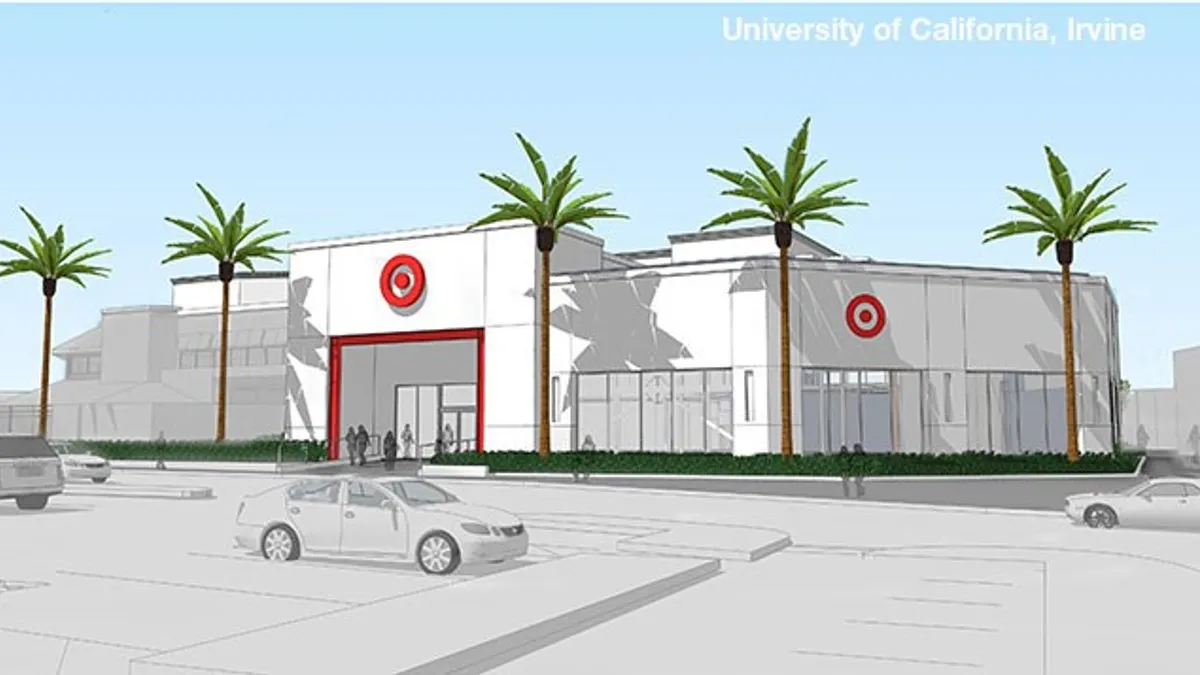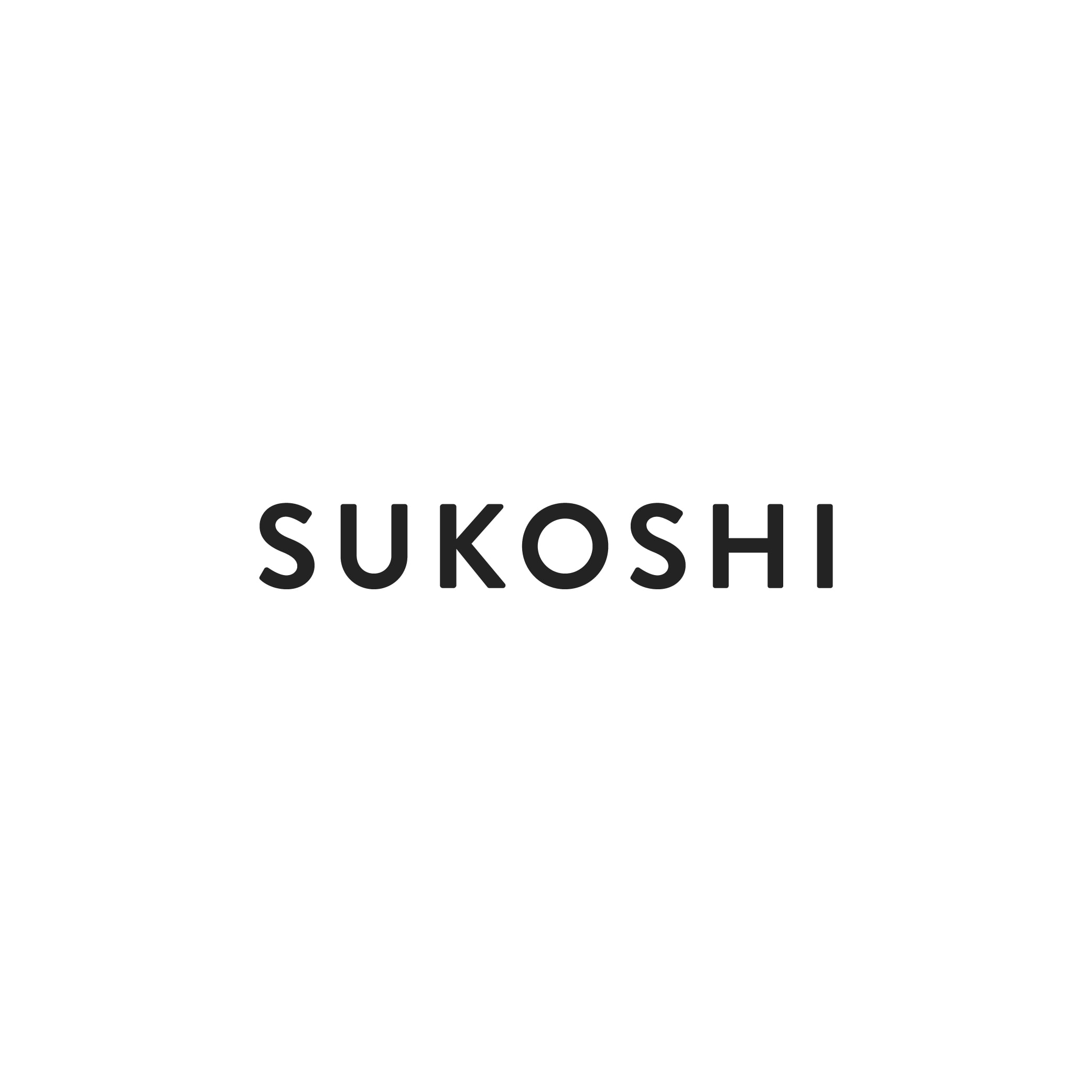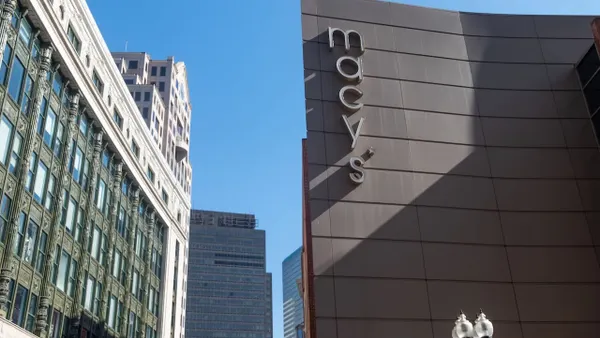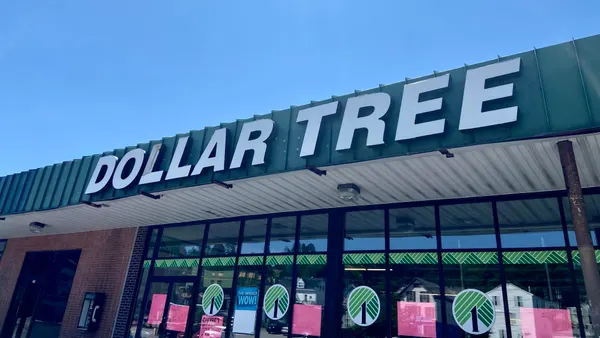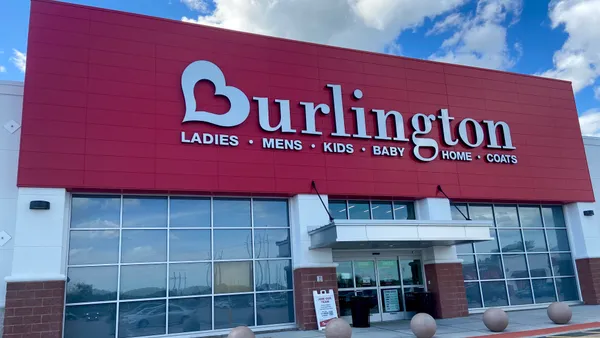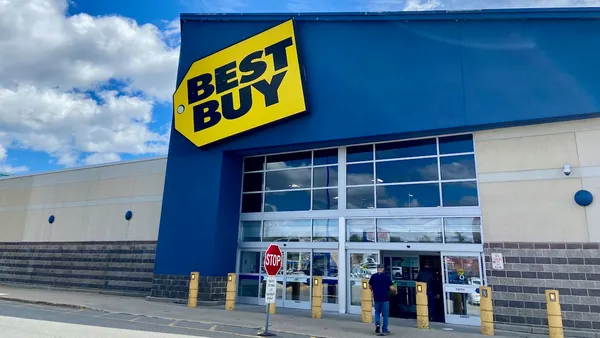Quick Facts
Target
-
Total store count:
1,828
-
2017 store openings:
32
-
Store closures slated for 2018:
12
CEO:
Brian Cornell
Headquarters location:
Minneapolis, MN
Sales decline in fiscal 2016:
-5.8%
Digital sales growth in fiscal 2016:
27%
Target is one of many retailers navigating a turnaround this year, but the mass merchant’s $7 billion investment in stores, revamped digital strategy and private label push have helped put it back in the game after a string of disappointing quarterly earnings reports dating back to 2015. Amid what CEO Brian Cornell has described as a "seismic shift" in the retail industry, Target is redefining the brand.
"I think Target is trying to find it’s own path to sustain its relevance in this new world," Keith Anderson, Profitero VP of strategy and insights, told Retail Dive. "I don’t think you’re going to see them necessarily do anything that mirrors what Amazon or Walmart would do, but I think that’s fine. Some of what they’re doing with these emerging direct to consumer brands like Casper and Harry’s, I think makes as much sense as anything."
Data
Target comparable sales growth 2013 - 2017
In March, Cornell unveiled a three-year plan to build out more than 100 small-format stores, 32 of which were constructed this year near urban, suburban and college campuses. The retailer also recently increased the number of stores it is remodeling, up to 1,000 of its 1,828 store footprint. Part of revitalizing those stores and building new ones is about finding the right assortment, especially when it comes to grocery — a category that has proven problematic for the retailer. While grocery has been a tough sell in the past, grab-and-go items are particularly emphasized at its small format locations, where in some cases it now makes up a third of the assortment.
For Brendan Witcher, principal analyst at Forrester Research, the new stores aren’t only about making a push for college campuses, but about pushing back on the retail apocalypse narrative. "Even if 8,000 stores close there are 1.4 million stores out there. We’re in a state where retailers are trying to turn stores from perceived liabilities into assets. Places to shop, to engage," he told Retail Dive. "It’s hard to rethink with big footprints. When you have 10 customers to one associate, it’s hard to create that unique experience."
Experience has been core to Target’s turnaround. More than anything, 2017 has been the year Target has sought to cement its 'Tar-zhay' image and give retailers a clear reason to come into its stores and onto its website. Amid the fierce price war with Walmart and Amazon, the mass merchant has solidified its penchant for differentiation — in private label product, brand partnerships and convenient services — which is its best bet to win over customers and boost the bottom line.
"These investments are driving traffic and overall market share gains," Cornell said during a call with media following Target's third quarter results. Target has long tried to balance its cheap chic image with the ability to offer low-prices. "It's about balancing both ends of our brand positioning," he said. "We have to deliver on both — combining great style and the essentials, and delivering the experience. When we do that, we bring Target to life."
This year, Target has rolled out 12 new private label brands, including lines that cater to children with disabilities as well as lifestyle brands that aim to create an emotional connection with shoppers and hit on key category trends like athleisure, trendy home decor, women’s classics and modern menswear. The move is part of Target’s broader effort to rethink its brand assortment and will include shedding stalwart labels such as the men’s and women’s Merona brand and men’s Mossimo line, which have grown too homogenized for consumer tastes.
"Continuing to differentiate from Amazon and Walmart is Target’s biggest challenge," Anderson said. Part of that is steering innovation in a way that improves digital offerings, customer service and delivery on both an incremental and long-term basis. In April, the company announced chief innovation and strategy officer Casey Carl would leave amid a strategy pivot focusing on ventures and growth opportunities that could have a nearer-term impact on the retailer’s core business. In August, Target tapped Minsok Pak as the new innovation chief.
"I think [Minsok Pak] may have some of the chops to [differentiate from competitors] based on what he has done at Lego, but because he comes from McKinsey, he also knows how to be analytical and not go overboard with creativity that doesn’t serve the business," Anderson said.
Target this year also made a second attempt to crack the code on curbside pickup. A curbside pickup program established in 2014 came to a sudden halt last year as Chief Technology Officer Mike McNamara scaled back a number of projects. The company also tested and expanded a next-day delivery option, allowing customers to place orders for consumables like on-the-go snacks, beverages, cereal and paper towels.
Looking Forward
Thanks to these investments early on in the year, Target is beginning to see the fruits of its labor, and it’s clear that it won’t bow down to Walmart or Amazon any time soon.
This story has been updated.


